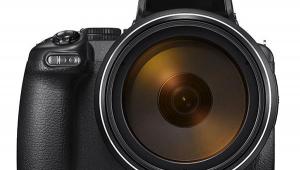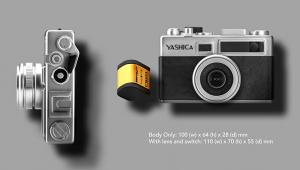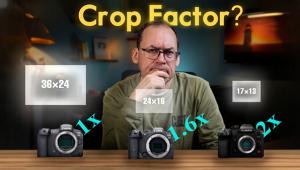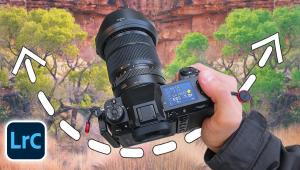The Camera of the Future: Photographers Look Into Their Crystal Balls To Describe Their “Dream Camera”
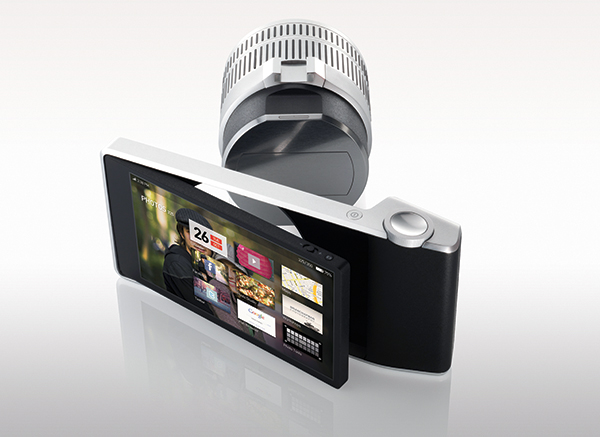
© Artefact
Here’s a true story; only the name has been changed.
Less than a month after Acme marketed what they unofficially considered their finest camera ever, I was having lunch with a particularly accomplished professional photographer. “I just got the camera,” he said. “I love it! It’s amazing! I can’t wait to see what Acme’ll do next!”
The unsurprising moral of this story: pros always want more.
Photo enthusiasts do too.
Recently I talked with six pro photographers to ask about the “more” they wanted. I framed it this way: “Okay, the R&D folks are working overtime. What do you want them to put in your hands?”
Here’s what they had to say.

© Mark Alberhasky
Turn On Modular Mode
Zen master of the art and science of imaging, Vincent Versace is a Nikon Ambassador, a workshop leader, the author of acclaimed how-to books, and a freewheeling visionary.
“I want camera companies to offer interchangeable camera parts. Buy the camera body and plug in the upgrades—sensor, shutter, controllers,” Versace said. “Change modules in and out. Maybe a software upgrade for the metering system.
“So if I buy an entry-level camera, a base camera, I can update more economically and efficiently as my skill set increases.”

© Eddie Tapp
Apply Smartphone Versatility
Photographer, teacher, workshop instructor, and trek leader, Mark Alberhasky is inspired by both the practical and the imaginative.
“I’d like photographic manufacturers to design cameras incorporating technology readily available in today’s smartphones,” Alberhasky mused.
“Many DSLRs already contain microphones for recording voice memos related to the image capture, so why not embrace voice recognition for changing basic settings on the fly? Have a single strategically-placed button to activate voice input. Button tap, ‘ISO 1600.’ Button tap, ‘Shutter 2000.’ Button tap, ‘Aperture 5.6.’
“How about mimicking smartphone app purchases to add feature enhancements to the camera? Offering a software purchase could unlock and enhance functions, like multiple exposure, for example.”
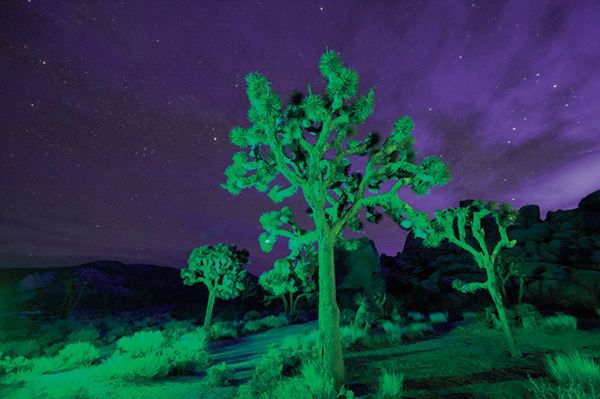
© Pete Saloutos
Up The Video Frame Rate
An educator for pro photographers, an imaging consultant, and a Canon Explorer of Light, Eddie Tapp teaches workflow, color management, calibration, and Photoshop techniques.
“I’d like to see 4K and 8K resolution options with very high frame rates for DSLR still cameras and GoPro-type cameras. With 4K you can zoom in four times and still see high quality; shoot 8K and you can zoom in a ton,” Tapp explained. “We see high quality in the high-end of video, but I’d want it accessible for all.
“And I want a higher frame rate so we can take 240 frames-per-second video and show it in extreme slow motion—I want that in cameras at the enthusiast level.”
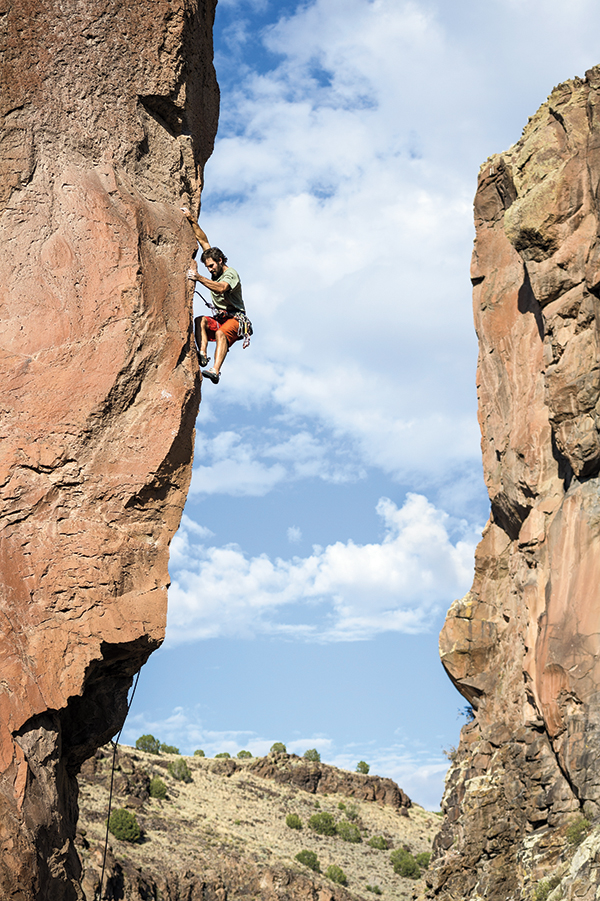
© Michael Clark
See In The Dark
Pete Saloutos is likely to turn his restless imagination to any number of subjects, including sports, action, landscapes, lifestyle, and the exploration of the myriad variations of the night sky.
“I want a camera that’s going to allow me to shoot in low light more effectively, to get sharper images with a full range of colors,” Saloutos said.
“My normal setting is ISO 400, and I can go to 800 with no problems; past that, depending on the lighting conditions, the contrast, then the quality of the file, starts to diminish. I work in a lot of really low-light situations, and I will shoot at 1200, 2400, and 3200, but I’m compromised in a lot of ways. The image is going to flatten out, I’m going to have to work on it a lot more, and it’s going to be a little bit more noisy.
“I want to be able to go to 10,000 or 20,000 ISO and have a quality image. It’s coming, and at some point we’ll be able to go to whatever ISO we want, and the quality is going to stay the same.”

© Bob Krist
Bring On The Hybrids
If it’s outdoors and involves fast action and imaginative pushing of the envelope, and sometimes constructing a brand-new envelope, Michael Clark’s been there and captured that.
“What I want is what I’ve wanted since the beginning of digital photography: lighter, smaller cameras with the same image quality or better, with faster and more accurate autofocus. I think the answer is hybrid cameras—the mirrorless cameras,” Clark asserted.
“Shooting at 11 frames per second, with the mirror flapping up in between every shot, I can barely see my fast-moving subjects, if they’re still in the frame, much less how they’re being framed up. Taking the mirror away would be a huge benefit.
“I’ve heard rumors about liquid lenses and different materials besides glass being used that are going to revolutionize the size of lenses. That’s one of the huge challenges for mirrorless cameras. The cameras are smaller, but if it’s a full-frame camera in terms of the sensor size, but the lenses are still the same size as all the lenses we’re using, what’s the point?
“And while they’re at it, how about smaller, lighter flashes that can shoot at higher shutter speeds? If they could get to the place where just turning on and off the sensor is the flash sync, you could shoot with strobes in the middle of the day at 1/1500 second. That’s a huge deal.”

© Vincent Versace
Let Me Catch Up
The renowned travel photographer Bob Krist has been everywhere and published the results in most every photo and travel magazine you can think of—and he’s been a columnist for several of them.
“I don’t need my cameras to get any better, smarter, or faster,” Krist argued. “Every time there’s a new camera it takes a while to learn its bells and whistles, and for that time I’m actually a slower and less capable photographer. In the film era, that used to happen once every five to eight years; now, with digital, it seems to happen every six to eight weeks!
“If I’m being held back as a photographer/videographer, it’s got nothing to do with my equipment and everything to do with me. In fact, I’d like to take a hiatus for a year or two, to just go out and really use my gear, rather than test it, to make meaningful, storytelling pictures and films.”
- Log in or register to post comments




